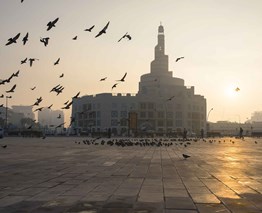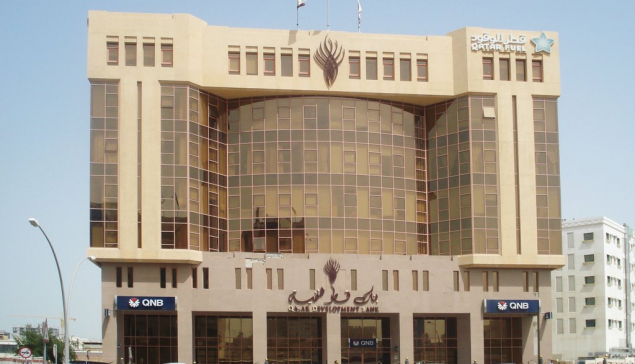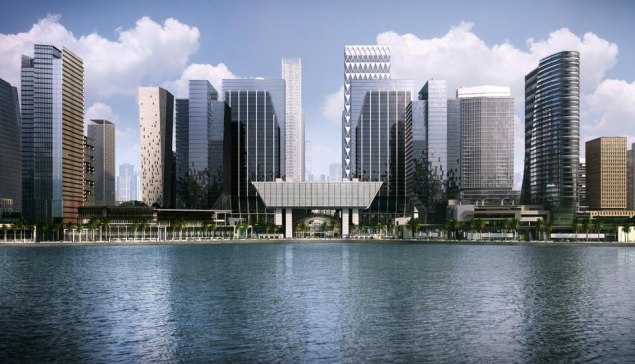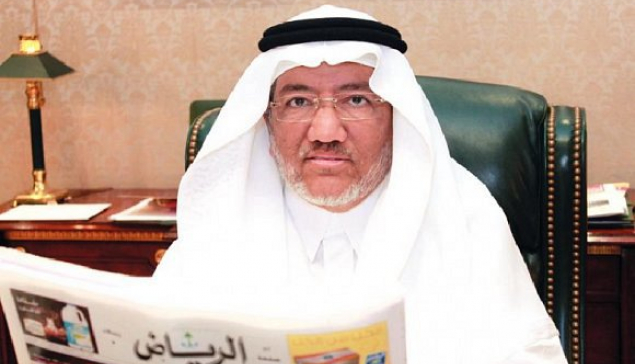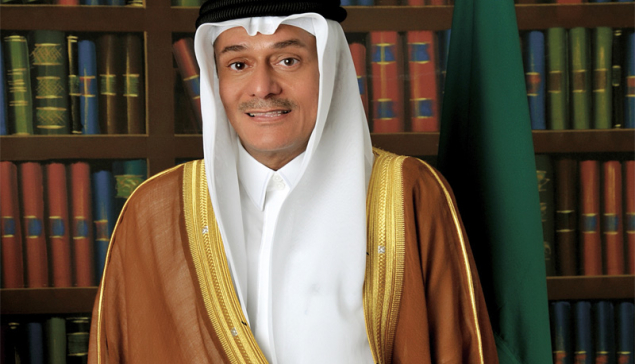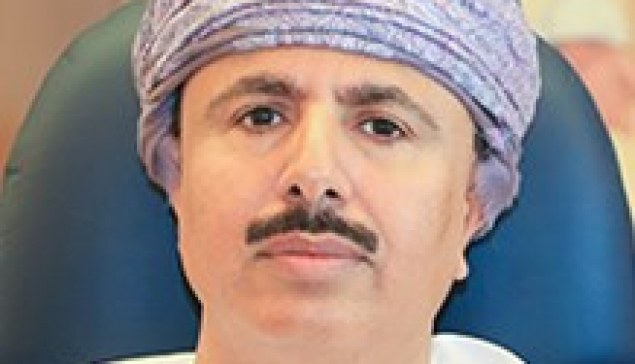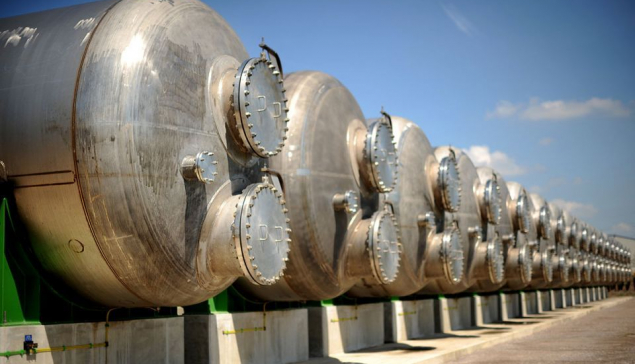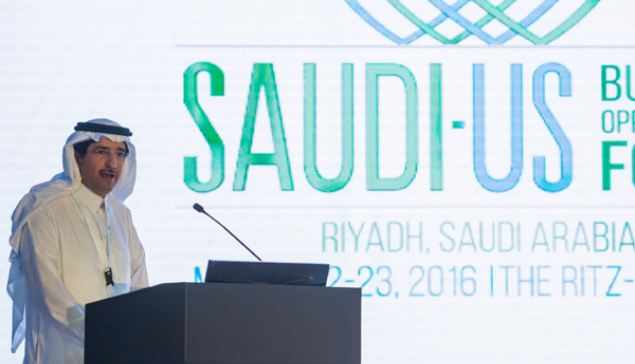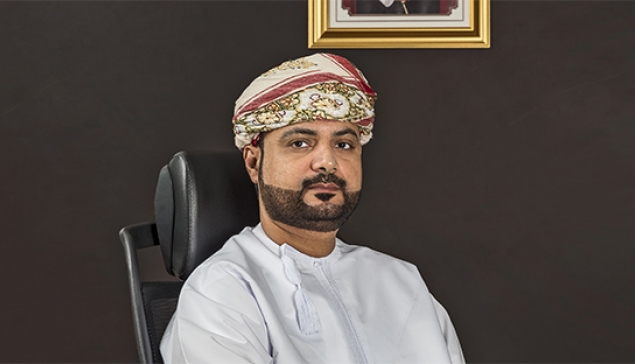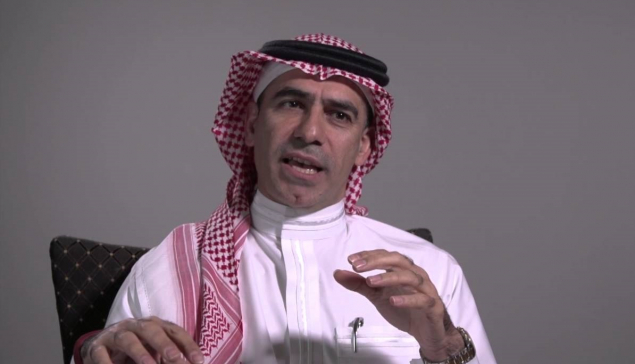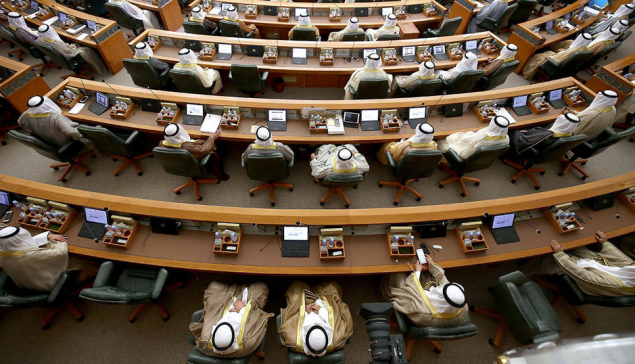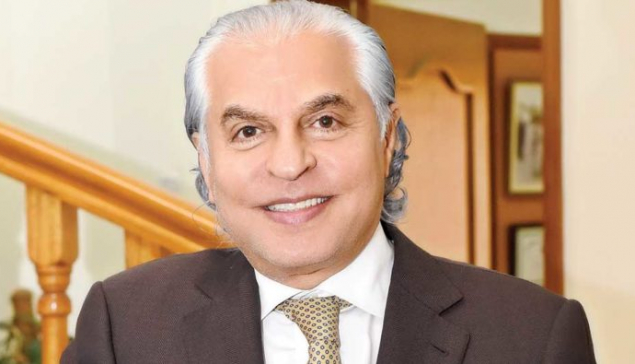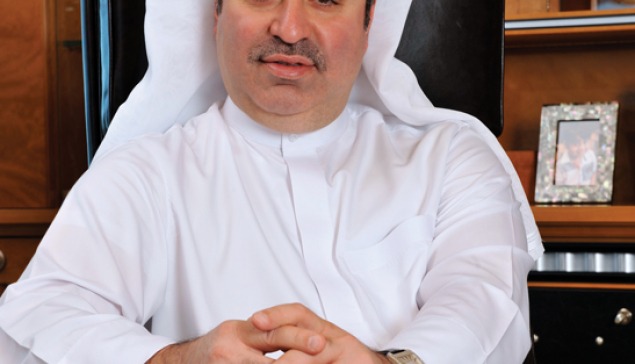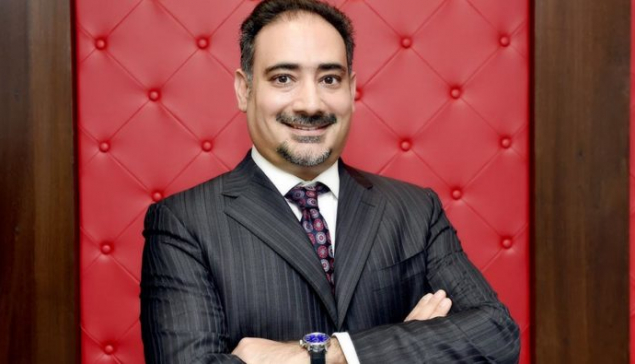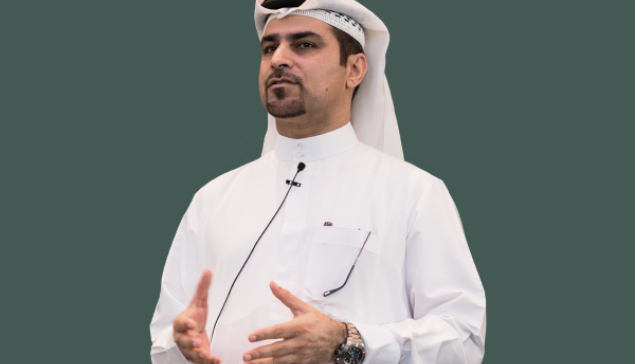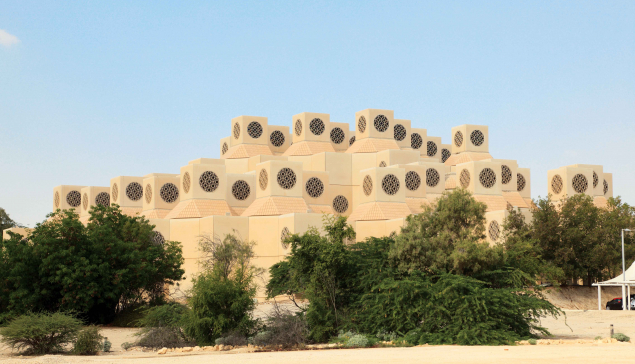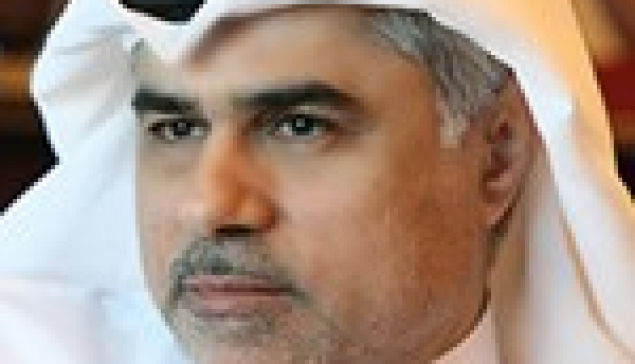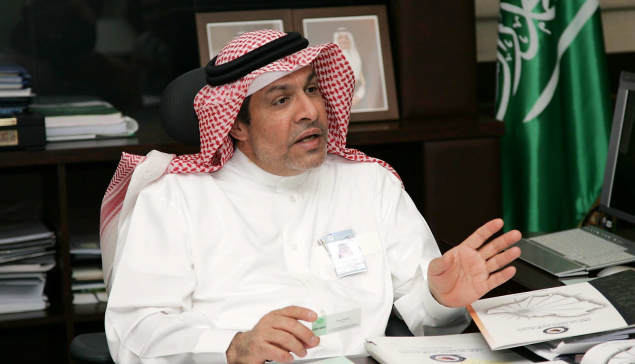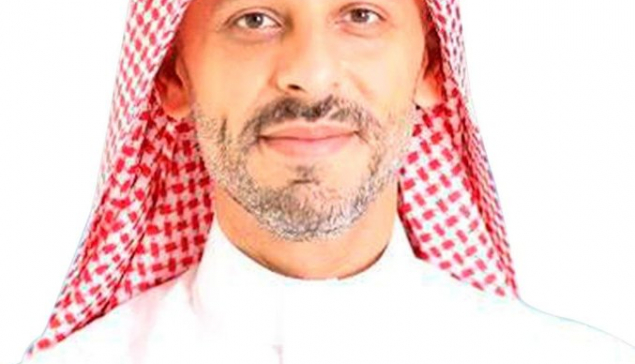Originally drafted in 2008 and designed to be carried out over a 22-year period, the Qatar National Vision 2030 (QNV 2030) “aims at transforming Qatar into an advanced country by 2030, capable of sustaining its own development and providing for a high standard of living for all of its people for generations to come." HH Sheikh Hamad bin Khalifa Al Thani, Qatar's late ruler, was one of the key initiators behind QNV 2030. Although meant to function as an all-encompassing roadmap for the future, the vision zeros in on four main pillars of development: economic, social, human, and environmental.
The strategies outlined in the QNV specifically address a series of challenges published by the General Secretariat for Development Planning (GSDP) that were subsequently presented in human development reports, the first of which was compiled in 2006. Ranging from demographic imbalance to eroding cultural heritage, the challenges identified by the GSDP were projected to grow worse if left unabated.
As a precursor to the realization of the QNV, Qatar has already completed its first five-year National Development Strategy (NDS) from 2011-2016. The plan outlined specific instructions to be employed by government ministries in 16 different sectors, with the purpose of monitoring that each was working toward the QNV in an efficient manner. In 2017, the country is moving into the second iteration of the NDS for the period between 2017 and 2022.
Dr. Saleh bin Mohammed al-Nabit, Minister of Development Planning and Statistics (MDPS), explained to TBY, that “The NDS 2017-2022 will be less in size but more focused in terms of the number of results and goals to be implemented. Overall, there will be a focus on the most pressing and vital objectives in the next period." The current NDS includes new priorities and faces different challenges in light of lower energy prices. “There is an obvious commitment of Qatar to invest these conditions positively via intensifying efforts to confront the challenges," the minister added.
Thus, capital spending will remain high over the next five years, fueled by projects linked with diversification and QNV 2030. In 2017 alone, the government has earmarked nearly QAR94 billion for major projects in key sectors such as transport, infrastructure, healthcare, and education, representing about half of total planned expenditures. However, a number of “non-essential" projects were shelved in 2017. Despite that, government capital expenditure is expected to increase by around 5% annually in both 2017 and 2018, according to market research agency BMI.
As a result, BMI still expects Qatar's budget balance to remain as a deficit in the coming year, measuring up to comprise 1.2% of GDP. The major metropolis of Doha is set to continue to fund a fiscal shortfall through debt issuance, avoiding drawing down its sovereign wealth fund and limiting domestic liquidity pressure. With so much riding on the success of QNV 2030, the government is expected to make important decisions regarding its probable return to international debt markets this year.
PILLARS OF THE PLAN
The driving force behind the QNV 2030 is the economic development strategy, which ensures the efficient management of the national economy, taking a responsible approach toward natural resource management, and working to develop a knowledge-based society. Qatar's large expatriate population is considered by some to be an obstacle to economic development, as it has long fostered a sense of dependency on non-nationals. Therefore, greater emphasis has been placed on Qatarization, as well as supporting local SMEs in line with the goals of the vision.
The effects of the QNV are already starting to be revealed in recent economic statistics. Today, 61% of Qatar's GDP is generated from non-oil and gas sectors, while the country's non-oil export and import business transactions totaled over QAR330 billion in 2016. These indicators demonstrate Qatar's newfound economic strength, resilience, and immunity in terms of dealing with shifting market prices and global trends.
With diversification a surefire way to benefit the economy, the Qatari government is committed to continue developing and heavily investing in the private sector, as well as creating a strong SME sector. The Qatar Business Incubation Center (QBIC) supports that vision by providing incubation opportunities. Aysha Al-Mudahka, CEO of QBIC, explained, “We support innovative start-ups and provide them with the tools that they need in order to grow their businesses. Since our establishment three years ago, we have become one of the largest incubation centers in the region. We are aligning our strategy with the QNV 2030, focusing on specifically targeted sectors." QBIC's goal for the medium term is to continue fostering innovative ideas and encouraging the next business leaders of the country.
Bearing in mind that its hydrocarbons resources are finite, Qatar is shifting toward developing human resources as the key to a successful future. Thus, the QNV 2030 stipulates that Qatar must continue establishing advanced educational and health systems, as well as increase the effective participation of Qataris in the labor force. In addition, the country will continue to attract qualified expatriate workers in all fields to complement local human capital.
As outlined in the QNV, Qatar aims to build a “modern, world-class educational system that provides students with a first-rate education" and “provide citizens with excellent training and opportunities to develop to their full potential, preparing them for success in a changing world with increasingly complex technical requirements." Qatar University (QU) is contributing to the achievement of the vision by providing the right education to produce qualified health and medical professionals through the introduction of new academic programs. QU is also working to foster a research culture by setting up 14 research centers of excellence that correspond to national needs. The university also launched a five-year research roadmap tackling four priority areas: energy, environment, and resource sustainability; social change and identity; population, health, and wellness; and IT and telecommunications.
In terms of the sustainability, Qatar seeks to preserve and protect its unique environment and nurture the abundance of nature. In that vein, “development will be carried out with responsibility and respect, balancing the needs of economic growth and social development with the conditions for environmental protection." One major company that has committed to development that coincides with these aspirations is Qatar Rail. Due to the potential of the company to make a large impact on the fabric of the country, Qatar Rail is seizing the opportunity to contribute to all four pillars of the QNV: through economic growth that the rail network will provide in an environmentally friendly and sustainable manner, the development of the local workforce, and community engagement programs.
Ultimately, the success of QNV 2030 will depend on the cooperation and shared responsibility of private and public sector actors across every segment of the economy. The GSDP has called up on citizens, residents, businesses, and organizations within the country to focus on capacity building; the efficient and transparent delivery of public services; the formation of fruitful PPPs; the creation of a vibrant climate for business that will attract FDI; and open space, mediums, and platforms for civil society.
- Super User
- Goal Setting
- Hits: 6438
